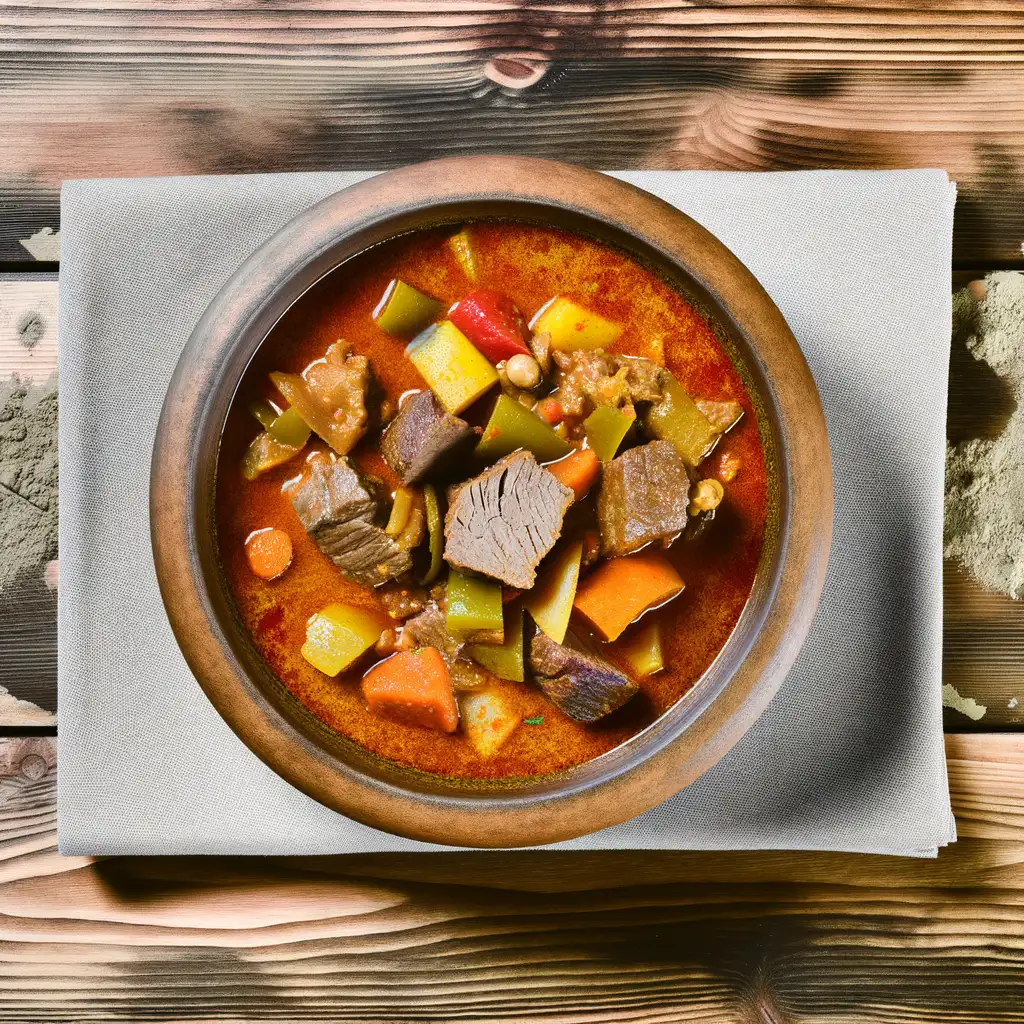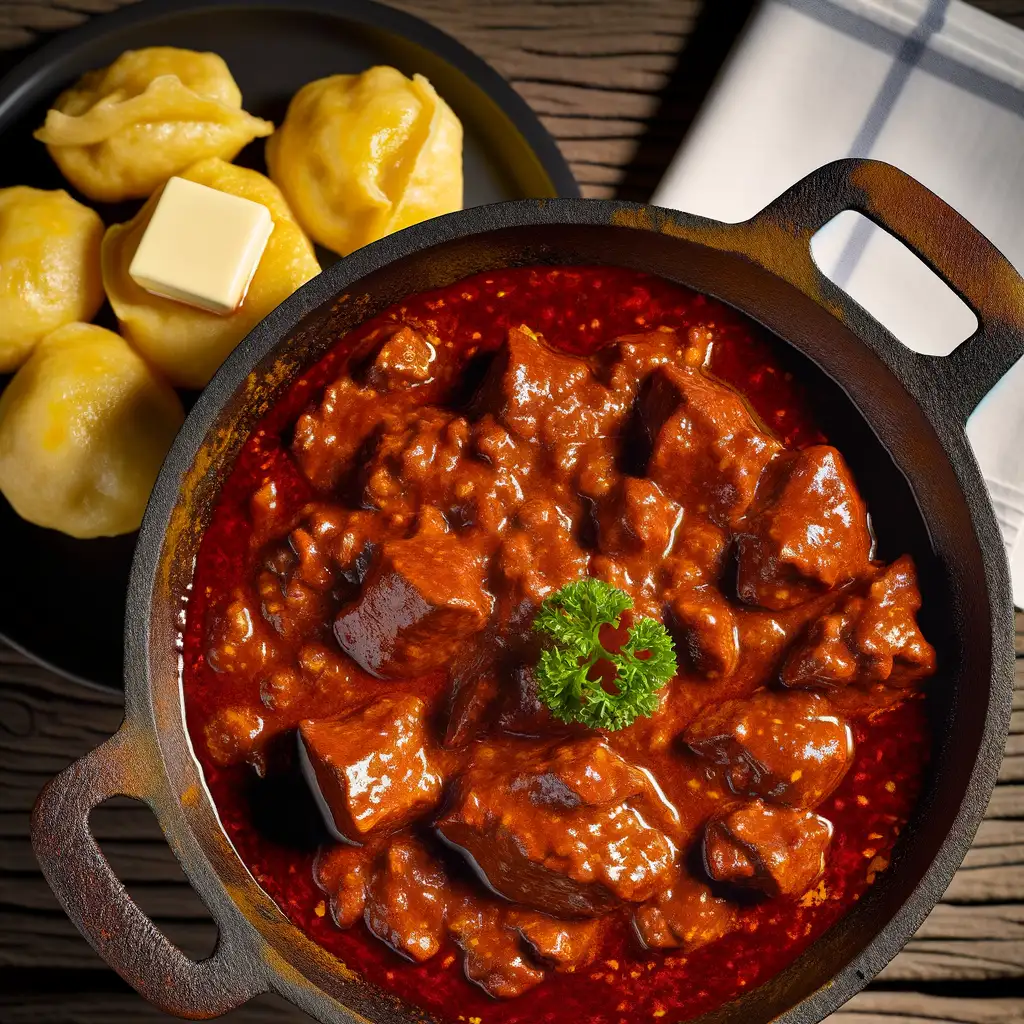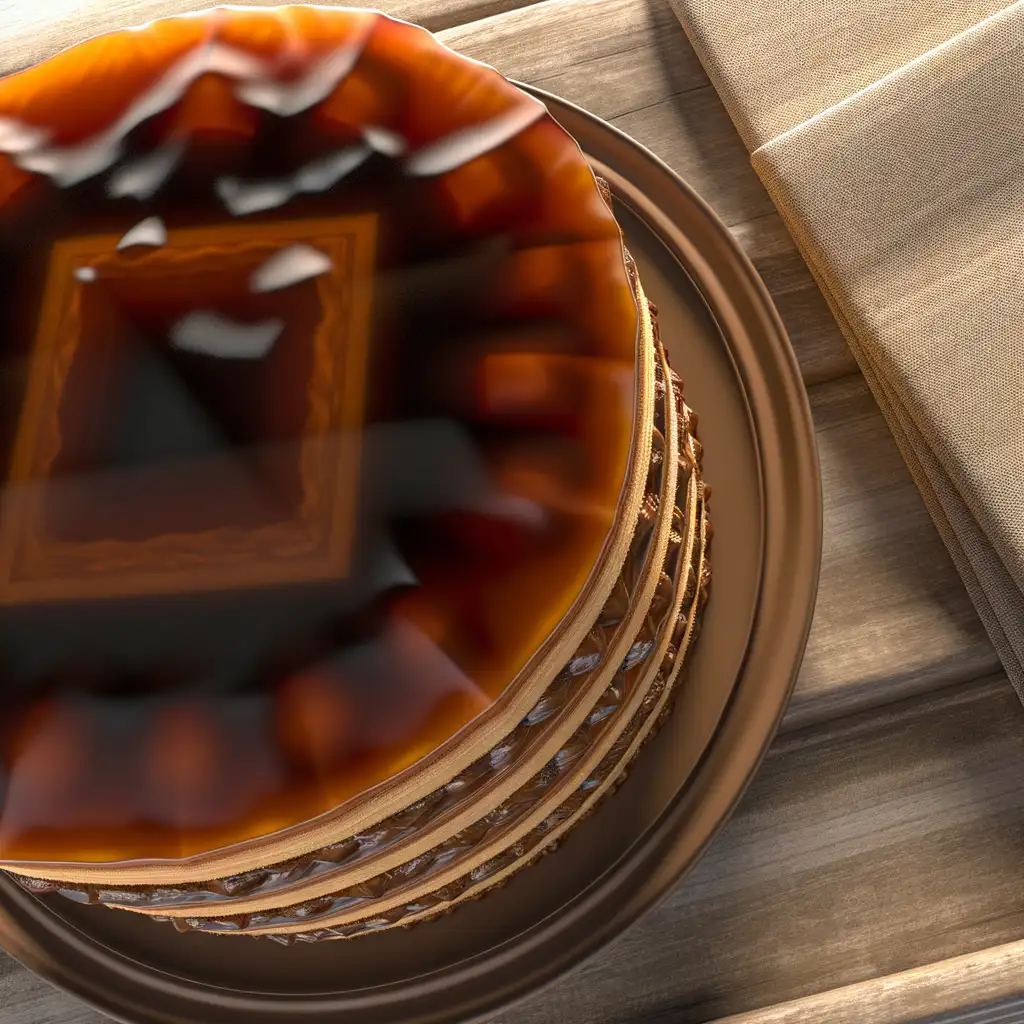



Erzsébetváros feels like stepping into a lively,ever-evolving story where old-world charm meets youthful energy. As you wander its streets,you’ll catch the hum of conversations spilling out from cozy cafés and the clinking of glasses in bustling ruin pubs,each corner alive with a unique rhythm. The air carries a mix of freshly brewed coffee,sizzling street food,and the faint scent of blooming chestnut trees,especially in spring. It’s a neighborhood that invites you to slow down,soak in the atmosphere,and savor the unexpected moments. The architecture here is a fascinating patchwork—ornate Art Nouveau buildings stand shoulder to shoulder with colorful street art and quirky boutiques. At night,the district transforms; fairy lights twinkle above cobblestone streets,and the buzz of live music spills from intimate venues. It’s a place where history whispers through the walls of synagogues and thermal baths,yet the vibe is refreshingly modern and inclusive. What really makes Erzsébetváros special is its spirit of community and creativity. Locals and travelers mingle effortlessly,sharing stories over plates of lángos or glasses of robust Hungarian wine. Whether you’re exploring the Great Synagogue’s grandeur,hunting down the best chimney cake,or simply people-watching in a sun-dappled square,you’ll feel a genuine warmth and openness that stays with you long after you leave.
The information on this page is currently being reviewed by Tripkliq and should be used as a guide only
Eng word: Hello
Eng pronunciation: See-ya
Local language: Szia
Eng word: Goodbye
Eng pronunciation: Vees-laht
Local language: Viszlát
Eng word: Thank you
Eng pronunciation: Kuh-suh-nuhm
Local language: Köszönöm
Eng word: How much
Eng pronunciation: Men-yee-beh keh-rool
Local language: Mennyibe kerül
Eng word: Toilet
Eng pronunciation: Vay-tsay
Local language: WC
Eng word: Help me
Eng pronunciation: Sheg-eet-sheg
Local language: Segítség
Eng word: Yes
Eng pronunciation: Ee-gen
Local language: Igen
Eng word: No
Eng pronunciation: Nem
Local language: Nem
Eng word: Excuse me
Eng pronunciation: El-ney-zesht
Local language: Elnézést
Erzsébetváros, also known as Elizabeth Town, was officially established in 1882 and named in honor of Queen Elisabeth of Hungary, the beloved wife of Emperor Franz Joseph I.
Erzsébetváros is renowned for its eclectic and Art Nouveau architecture, with many buildings designed by prominent architects of the late 19th and early 20th centuries.
The Dohány Street Synagogue, located in Erzsébetváros, is the largest synagogue in Europe and the second largest in the world. It was built in 1859 and is a stunning example of Moorish Revival architecture.
Erzsébetváros is home to Budapest's historic Jewish Quarter, which has a rich cultural heritage and is filled with synagogues, kosher restaurants, and Jewish cultural sites.
The district is famous for its unique 'ruin bars,' which are trendy pubs set up in abandoned buildings and courtyards, offering a vibrant nightlife experience.
Gozsdu Courtyard is a bustling complex of restaurants, bars, and shops located in Erzsébetváros. It was originally built in the early 20th century and has been revitalized as a popular social hub.
Erzsébetváros hosts numerous cultural festivals throughout the year, including the Jewish Summer Festival and the Budapest Pride Parade, celebrating diversity and community spirit.
The New York Café, located in Erzsébetváros, is often referred to as the 'most beautiful café in the world.' It opened in 1894 and features opulent interiors and a rich literary history.
Kazinczy Street is one of the main arteries of Erzsébetváros, known for its vibrant street art, trendy bars, and cultural venues, making it a must-visit for tourists.
In Erzsébetváros, the most common Power Adaptor is Type C, Type F.



A traditional Hungarian stew made with beef, vegetables, and paprika, often served with bread.

A hearty meat stew, usually made with beef or pork, cooked slowly with onions, paprika, and other spices.

A deep-fried flatbread typically topped with garlic, sour cream, and cheese, popular as a street food snack.



A sweet, spiral-shaped pastry cooked over an open flame, often coated with sugar and cinnamon.

Stuffed cabbage rolls filled with a mixture of meat and rice, cooked in a savory tomato sauce.

A famous Hungarian dessert consisting of layers of sponge cake filled with chocolate buttercream and topped with caramel.

A spicy fish soup made with freshwater fish, paprika, and vegetables, typically served with bread.
Budapest feels like stepping into a storybook where history and modern life dance together effortlessly. The moment you stroll along the Danube River,with the majestic Parliament building glowing in the evening light,you sense a city that’s both grand and inviting. There’s a rhythm here—street musicians playing haunting melodies,the clinking of glasses in cozy ruin pubs,and the gentle splash of thermal baths that have been soothing locals for centuries. It’s a place where every corner whispers tales of empires past,yet pulses with youthful energy.
Wandering through the cobbled streets of the Castle District,you catch the scent of fresh pastries mingling with the earthy aroma of old stone walls. The vibrant markets buzz with vendors selling paprika,fresh bread,and sweet chimney cakes,tempting you to taste the rich flavors of Hungarian cuisine. Budapest’s character shines brightest in its contrasts:the elegant Art Nouveau cafés sit side by side with edgy street art,and the grand boulevards lead you to intimate courtyards where locals sip coffee and chat animatedly.
What makes Budapest truly unforgettable is how it wraps you in warmth—whether it’s the steamy embrace of a thermal bath on a chilly day or the friendly chatter in a bustling café. It’s a city that invites you to slow down,savor every moment,and discover stories hidden in its architecture,food,and people. Trust me,once you’ve felt Budapest’s pulse,you’ll carry a piece of it with you long after you leave.
Vienna feels like stepping into a living storybook where every street hums with history and charm. The moment you wander through its grand boulevards,you’re wrapped in a warm embrace of baroque architecture,cozy coffeehouses,and the gentle melodies of street musicians playing waltzes nearby. There’s a rhythm to the city — elegant yet inviting — where the past and present dance together effortlessly.
As you stroll along the Danube or through the lush gardens of Schönbrunn Palace,you catch the scent of freshly baked strudel mingling with the earthy aroma of roasted coffee beans from a nearby café. The city’s café culture is something special; sitting down with a slice of Sachertorte and a strong Viennese coffee feels like a small,delicious ritual. You’ll hear the soft clink of porcelain cups and the murmur of locals deep in conversation,making you feel instantly at home.
Vienna’s character is a blend of refined artistry and genuine warmth. It’s a place where grand opera houses and modern galleries coexist,and where the locals’ pride in their musical heritage is palpable. Whether you’re exploring the vibrant Naschmarkt with its colorful stalls or catching a live performance in a centuries-old concert hall,Vienna invites you to slow down,savor the moment,and soak in its timeless elegance.
Prague feels like stepping into a storybook where every corner hums with history and charm. The moment you wander onto the cobblestone streets of the Old Town,you’re wrapped in a warm,timeless embrace. The air carries a mix of fresh-baked pastries and rich coffee from cozy cafés,mingling with the faint scent of aged wood and stone from centuries-old buildings. As you stroll across the iconic Charles Bridge,the soft murmur of the Vltava River below blends with the distant melodies of street musicians,creating a soundtrack that’s both lively and soothing.
What’s truly captivating about Prague is its effortless blend of old and new. Gothic spires and baroque facades stand proudly alongside vibrant street art and bustling markets. The city pulses with a creative energy,from the quirky art galleries tucked away in narrow alleys to the lively beer gardens where locals and travelers clink glasses over hearty Czech fare. There’s a genuine warmth in the way people share their culture,whether it’s through a friendly chat in a pub or an invitation to a traditional music performance.
At night,Prague transforms into a magical place where the city lights dance on the river’s surface and the aroma of roasted chestnuts fills the air. It’s a city that invites you to slow down,savor every moment,and get lost in its stories. Trust me,once you’ve experienced Prague’s unique rhythm and soul,it stays with you long after you’ve left.
If you ever find yourself wandering through the sun-drenched streets of Dubrovnik,you’ll immediately feel like you’ve stepped into a living storybook. The city’s ancient stone walls rise proudly against the sparkling Adriatic,and as you stroll along the marble-paved Stradun,the salty sea breeze mingles with the scent of fresh pine and blooming bougainvillea. There’s a rhythm here—a gentle hum of life where history and modern charm dance together effortlessly.
Dubrovnik’s character is woven into every corner:the clatter of café cups,the murmur of locals chatting in cozy taverns,and the distant call of seagulls overhead. You can almost taste the city in the air—briny and fresh,with hints of grilled seafood and ripe figs from the markets. Sitting at a seaside restaurant,watching the sun dip behind the fortress walls,you’ll savor dishes bursting with Mediterranean flavors,paired with a glass of crisp Croatian white wine.
What makes Dubrovnik truly special is how it balances its rich past with a vibrant present. The city’s narrow alleys invite exploration,revealing tucked-away galleries,artisan shops,and lively squares where music spills out into the streets. Whether you’re tracing the footsteps of ancient mariners or simply soaking up the golden light on a quiet terrace,Dubrovnik feels like a warm embrace—inviting,timeless,and utterly unforgettable.
Imagine stepping into a city where every corner feels like a scene from a timeless painting—Venice is exactly that kind of place. The moment you arrive,the gentle lapping of water against ancient stone buildings wraps around you like a soft melody. Instead of streets,there are winding canals,and instead of cars,gondolas glide silently beneath ornate bridges,their oars dipping rhythmically into the emerald water. The air carries a mix of salty sea breeze and the faint aroma of fresh espresso and baked pastries from nearby cafés,inviting you to slow down and savor the moment.
Venice has this magical,almost dreamlike quality. The light here is different—soft and golden in the mornings,casting long shadows on the labyrinth of narrow alleys and colorful facades. You’ll find yourself wandering without a map,getting delightfully lost among the bustling markets,where vendors call out in melodic Italian,selling everything from fresh seafood to vibrant Murano glass. The city’s rich history whispers from every corner,from the grandeur of St. Mark’s Basilica to the quiet charm of tucked-away piazzas where locals sip wine and chat as if time has paused.
What makes Venice truly unforgettable is its rhythm—slow,intimate,and deeply human. It’s a place where you can hear the laughter of children playing by the water,the clinking of glasses in cozy trattorias,and the soft hum of a street musician’s violin. Visiting Venice isn’t just about seeing a city; it’s about feeling its heartbeat,tasting its flavors,and becoming part of its endless story.
Athens feels like stepping into a living storybook where ancient history and vibrant modern life dance together effortlessly. The moment you wander through its sun-drenched streets,you’re greeted by the warm hum of chatter spilling from cozy cafés,the scent of freshly baked bread mingling with salty sea air. The city’s heartbeat is unmistakable—whether it’s the clinking of glasses in a bustling taverna or the distant echo of footsteps climbing the Acropolis at sunset.
What makes Athens truly captivating is its raw,unpolished charm. You’ll find crumbling ruins nestled beside colorful street art,and locals who greet you with genuine smiles and a generous spirit. The city pulses with creativity—from lively markets where vendors call out their freshest olives and figs,to rooftop bars where you sip ouzo while the Parthenon glows golden against the twilight sky.
Athens invites you to slow down and savor its layers. Taste the tang of lemon in a perfectly grilled souvlaki,feel the rough stone of ancient columns beneath your fingertips,and listen to the mix of languages and laughter that fills the air. It’s a place where every corner tells a story,and every meal feels like a celebration. If you want a city that’s alive with history yet buzzing with contemporary energy,Athens will wrap you in its warm,timeless embrace.
Scammers install skimming devices on ATMs to steal card information and PINs from tourists withdrawing cash.
Tourists are tricked into exchanging money at unfavorable rates or given counterfeit bills during transactions.
Scammers pose as charity workers and pressure tourists into donating money to fake causes.
Unlicensed guides offer tours or services, charging high fees while providing little to no value.
Unlicensed taxi drivers charge exorbitant fares or manipulate meters to overcharge tourists for short rides.
Tourists are lured into bars or restaurants with seemingly reasonable prices, but are later presented with an inflated bill or charged for items they didn’t order.
Thieves target tourists in crowded areas, such as public transportation or popular attractions, to steal wallets, phones, or other valuables.
Street performers or beggars create distractions while accomplices pickpocket unsuspecting tourists.
Hungary has strict drug laws, and the possession, use, or distribution of illegal drugs is a criminal offense. This includes cannabis, which is illegal for both recreational and medicinal use. Penalties for drug-related offenses can be severe, including imprisonment. Tourists should avoid any involvement with illegal drugs to stay on the right side of the law.
In Erzsébetváros, as in the rest of Hungary, smoking is prohibited in all enclosed public spaces, including restaurants, bars, and public transportation. Smoking is also banned in certain outdoor areas such as playgrounds, bus stops, and within a certain distance from the entrances of public buildings. Designated smoking areas are available in some places, so look for signs indicating where smoking is allowed.
Vaping is subject to similar regulations as smoking in Hungary. It is prohibited in enclosed public spaces and certain outdoor areas. Tourists should be aware that vaping is not allowed in restaurants, bars, public transportation, and other public buildings. Always look for designated vaping areas or ask local authorities if you are unsure.
What are other people saying about Erzsébetváros?
Recent Social posts about Erzsébetváros
There is nothing to show you for now.